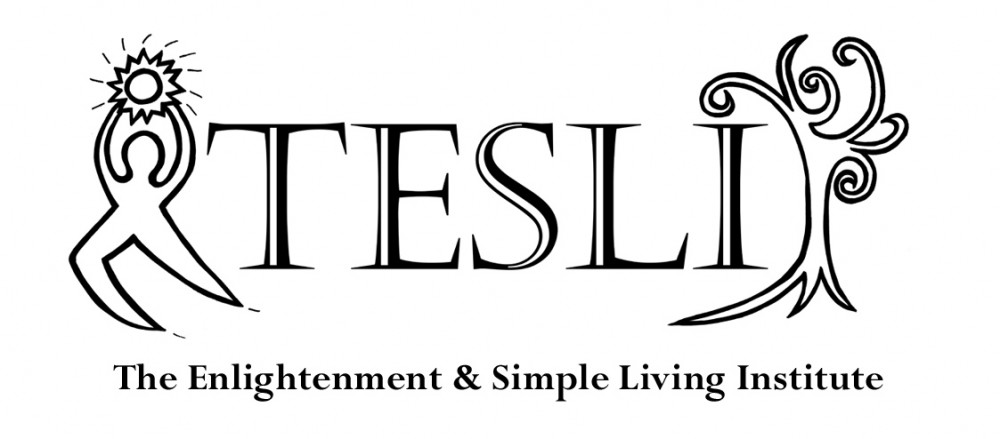At the end of 2013 I was interested in getting a  broader perspective on the enlightenment process. Guided by the spiritual teachers ratings on the spiritual teachers website I picked Sri Ramana Maharshi. He had a five star rating which matched the rating of Bernadette Roberts and Nisargadatta Maharaj, two people I respect.
broader perspective on the enlightenment process. Guided by the spiritual teachers ratings on the spiritual teachers website I picked Sri Ramana Maharshi. He had a five star rating which matched the rating of Bernadette Roberts and Nisargadatta Maharaj, two people I respect.
Yesterday, I was reading some excerpts from his Kindle edition of Words of Grace when I came upon this his definition of renunciation:
The entire effacement of thought is said to be the only true renunciation.
This definition is a lovely addition to the the definition of renunciation I’d posted previously. It also flows nicely from yesterday’s post on thinking.
As we begin to watch our thoughts and realize that they are just gibbly-goop, will naturally pull our energy from them. It is easy to become forgetful of our realization and reengage with our thoughts. Renunciation is the commitment to remember that we are not our thoughts.
Similar to the definition of renunciation I gave, Ramana Maharshi does not stop by simply giving us the negative aspect of renunciation (i.e. rejecting thoughts) but advises us in the positive aspect. He says that the mind of the renunciant is immersed in the Self. This means that even as we do our day, we are not really in our day (aka deceptive reality) because we are in communion with The Self (aka God).
When he refers to resting in the Self, his Indian religious beliefs are apparent. Yes, the Hindus and Buddhist have been arguing for 2500 years about the existence of Self (atman and brahman). Hindus believe in brahman (unchanging ultimate reality) and the Buddhist have rather simple proofs that show this is an impossibility. Being schooled in Buddhist logic, I think that arguments may simply a matter of semantics. Or maybe it is a perspective difference. One sect focused on thoughts the other on feelings.
If we take Ramana Maharshi’s description out of a theistic viewpoint I think he would agree that resting in the moment, or just being, may be accurate ways to describe the mind of the renunciant. How would you describe the idea of abiding or being immersed in God?
The Taoist would say we are acting from our center (Tan Tien) or in no-mind. The highest way to be for the Taoist is not to act from one’s mind (thought) or from one’s heart (emotions), but to move from one’s center, completely aligned with the Tao.
